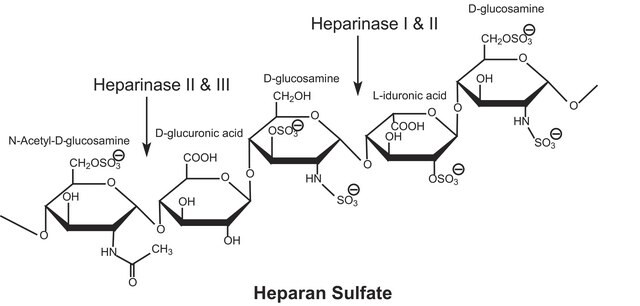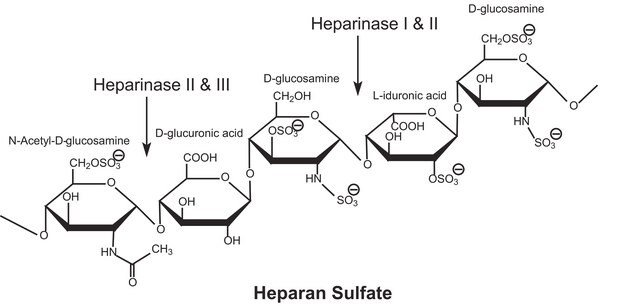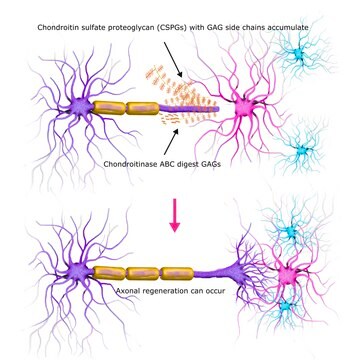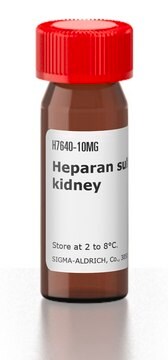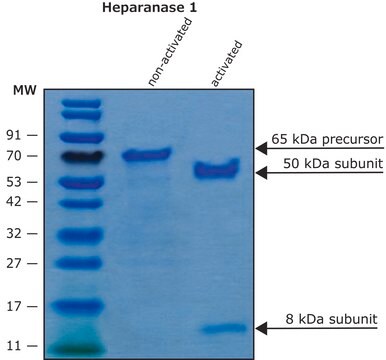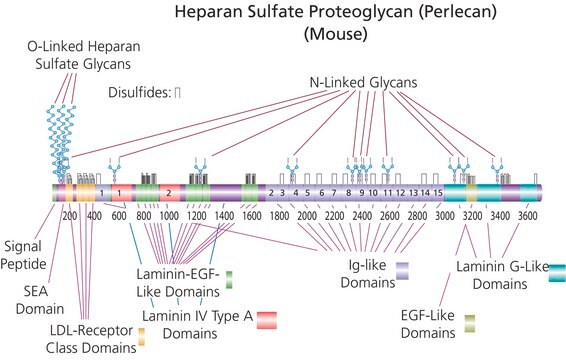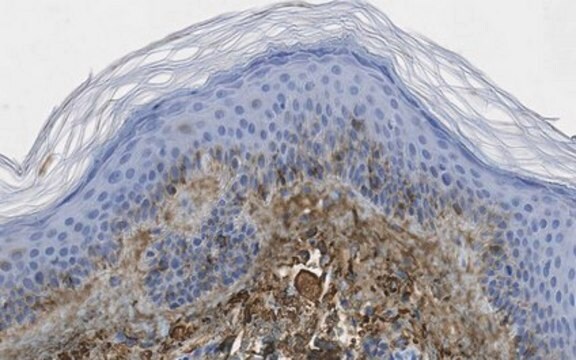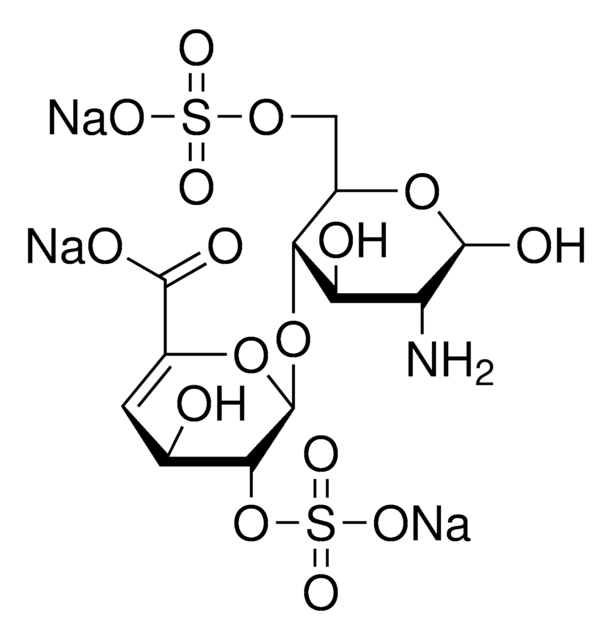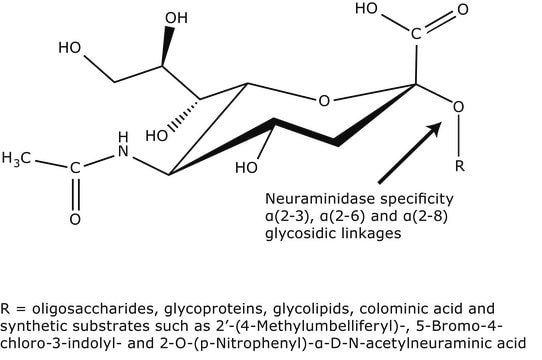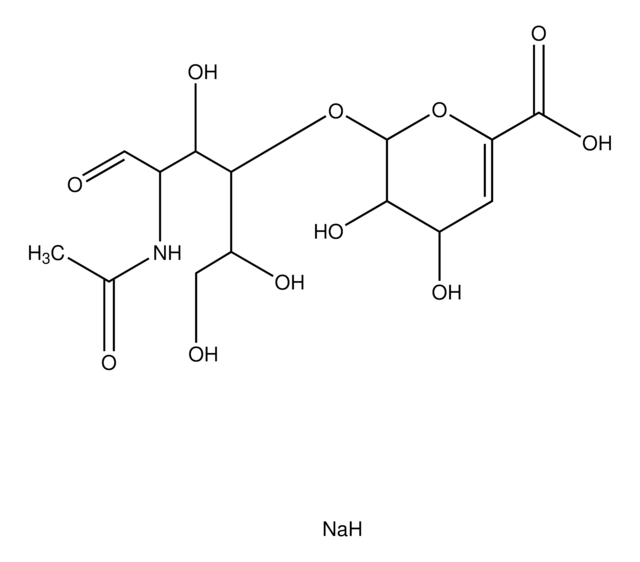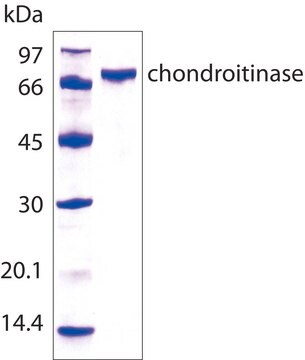H8891
Heparinase III from Flavobacterium heparinum
Lyophilized powder stabilized with approx. 25% (w/w) bovine serum albumin, ≥30 units/mg protein (enzyme + BSA)
Sinónimos:
Heparin Lyase III, Heparitinase I, Heparitinase from Flavobacterium heparinum
About This Item
Productos recomendados
origen biológico
bacterial (Flavobacterium heparinum)
Nivel de calidad
conjugado
conjugate (Glucosaminoglycan)
formulario
lyophilized powder
actividad específica
≥30 units/mg protein (enzyme + BSA)
mol peso
70.8 kDa
aplicaciones
diagnostic assay manufacturing
temp. de almacenamiento
−20°C
¿Está buscando productos similares? Visita Guía de comparación de productos
Aplicación
Acciones bioquímicas o fisiológicas
Definición de unidad
Otras notas
Palabra de señalización
Danger
Frases de peligro
Consejos de prudencia
Clasificaciones de peligro
Resp. Sens. 1
Código de clase de almacenamiento
11 - Combustible Solids
Clase de riesgo para el agua (WGK)
WGK 3
Punto de inflamabilidad (°F)
Not applicable
Punto de inflamabilidad (°C)
Not applicable
Equipo de protección personal
Eyeshields, Gloves, type N95 (US)
Certificados de análisis (COA)
Busque Certificados de análisis (COA) introduciendo el número de lote del producto. Los números de lote se encuentran en la etiqueta del producto después de las palabras «Lot» o «Batch»
¿Ya tiene este producto?
Encuentre la documentación para los productos que ha comprado recientemente en la Biblioteca de documentos.
Los clientes también vieron
Artículos
A key resource feature at our Enzyme Explorer section of biochemicals is "Enzymes for Carbohydrate Analysis and Digestion." Offering kits, reagents, analysis, lists of enzymes related to PTM and carbohydrate metabolism.
Glycosaminoglycans are large linear polysaccharides constructed of repeating disaccharide units.
Nuestro equipo de científicos tiene experiencia en todas las áreas de investigación: Ciencias de la vida, Ciencia de los materiales, Síntesis química, Cromatografía, Analítica y muchas otras.
Póngase en contacto con el Servicio técnico